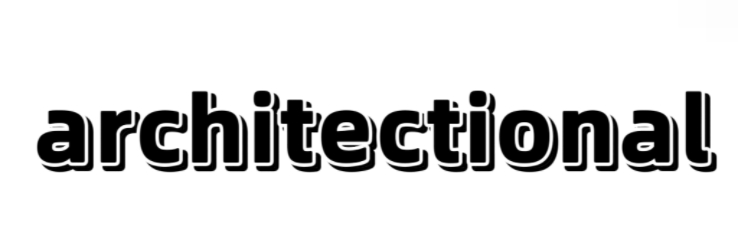Automated Cladding vs Hard Surface Welding Wire: Which One Should You Choose in 2025?
When it comes to industrial welding and wear protection, two methods dominate the conversation in 2025: automated cladding vs hard surface welding wire. With rising demand in mining, oil & gas, and heavy equipment sectors, businesses are increasingly searching for the best solution to extend component life and improve productivity.
So, what’s the real difference between automated cladding and hard surface welding wire? Which is more cost-effective, durable, and suitable for your specific application?
Let’s break it down.
Understanding the Basics: What Is Automated Cladding vs Hard Surface Welding Wire?
Automated Cladding involves a computer-controlled process that applies a corrosion-resistant or wear-resistant layer (typically via laser or arc) to a base material. It’s widely used in high-precision industries where uniformity and material savings are crucial.
Hard Surface Welding Wire, on the other hand, refers to consumable filler materials used in manual or semi-automatic welding. These wires are engineered to create a hardened surface that resists abrasion and impact, commonly applied to tools, wear plates, and agricultural equipment.
�� Search trend insight: According to recent Google Trends data, queries like “automated cladding advantages” and “hard surface welding wire vs cladding” have spiked, especially among manufacturers and repair facilities.
Pros and Cons: Cladding vs Welding Wire
✅ Pros of Automated Cladding
Highly repeatable and uniform results
Reduced dilution and minimal base metal alteration
Excellent for corrosion and chemical resistance
Lower long-term operational costs for large-scale operations
❌ Cons of Automated Cladding
High upfront equipment costs
Requires skilled setup and programming
Not ideal for small repair jobs or field work
✅ Pros of Hard Surface Welding Wire
Easy to deploy for repairs and low-volume jobs
Lower equipment investment required
Flexible application across varied environments
Wide selection of wire types for different wear conditions
❌ Cons of Hard Surface Welding Wire
Less precision than automated systems
Greater operator skill required
Potential for inconsistent deposition rates
Higher heat input can alter base metal properties
Best Use Cases: When to Choose One Over the Other
Choose Automated Cladding if:
You run a high-volume production line.
Surface uniformity and corrosion resistance are top priorities.
You're dealing with complex geometries that need robotic precision.
Choose Hard Surface Welding Wire if:
You’re performing on-site equipment repairs.
Budget constraints limit large automation investments.
Abrasion resistance is more critical than corrosion protection.
Current Market Trends & Industry Adoption
Oil & Gas companies are increasingly shifting toward automated cladding for pipe and valve corrosion protection.
Mining and agriculture sectors still favor hard surface welding wire due to the ruggedness and simplicity of field application.
Hybrid solutions that combine robotic wire-fed hardfacing with semi-automation are emerging as a middle ground.
�� Google Search Insight: Keywords like “automated welding vs manual hardfacing” and “cladding vs surfacing in manufacturing” are trending in 2025, reflecting growing interest in smart production upgrades.
Final Verdict: Automated Cladding vs Hard Surface Welding Wire
There’s no one-size-fits-all answer when it comes to automated cladding vs hard surface welding wire. Each method serves distinct needs:
Go for automated cladding if you prioritize precision, repeatability, and are ready for a long-term investment.
Opt for hard surface welding wire if you need versatility, on-the-spot solutions, and lower upfront costs.
Understanding your operation’s priorities—speed, precision, durability, or flexibility—will help you make the right choice.
Frequently Asked Questions (FAQs)
1. Is cladding better than hardfacing?
Not necessarily. Cladding is ideal for corrosion resistance and uniformity, while hardfacing is better for impact and abrasion resistance.
2. Can hard surface welding wire be used in automation?
Yes, with semi-automated setups or robotic welding arms, but it lacks the precision of full automated cladding.
3. What is the cost difference between automated cladding vs hard surface welding?
Automated systems can be 5–10x more expensive upfront but may offer ROI over time in high-volume production environments.
Meta Description (SEO):
Compare automated cladding vs hard surface welding wire in 2025. Learn key differences, pros, cons, and which method fits your industrial needs best.

